THE ATTACK ON ROE V. WADE
CoCoP: COMMUNICATING COHESION POLICY
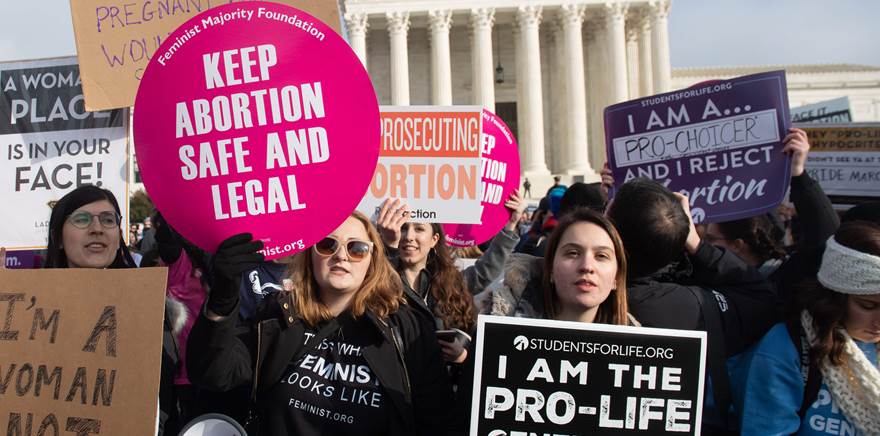

Written for JESPIONNE

Olivia Wane Fitzgerald
How does one define life? Does it begin at conception or does it begin when the first heartbeat is heard? For decades these questions have been the focal point of one of the most divisive topics in American history. With the recent passing’s of several state bills which severely restrict abortion, Americans must again debate the question: Is abortion a woman’s choice, or the state’s? In the 1973 case of Roe v. Wade it was ruled by the Supreme Court that the Due Process Clause of the Fourteenth Amendment to the U.S. Constitution provides a fundamental “right to privacy”, which ultimately protects a woman’s liberty to choose whether or not to terminate her pregnancy. However, almost 50 years later, this right is being threatened and many fear that the precedent set by Roe V. Wade could be reversed.
2019 has brought a wave of new abortion bills which only allow for the procedure to be performed within the very early stages of a woman’s pregnancy, if at all. As of June 13th, nine states have passed early abortion laws and although they range in their severity, all are a direct challenge to Roe v. Wade. Out of the states which have passed these bills, the most severe and most restrictive is Alabama’s which states that a woman may not have an abortion during any stage of her pregnancy. Even in cases of incest or rape, abortion remains illegal. Exceptions may only be made if the woman’s life is in “serious” danger. The bill continues to state that if a woman is found to have had an abortion, although she herself will not face any charges, the doctor who performed the procedure could face up to 99 years in prison. Laws such as Alabama’s will not take effect until January of 2020, however, many fear that the passing’s of such bills will ultimately
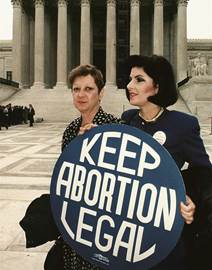
THE DARK PRE-ROE DAYS: THE COAT HANGERS, AND KNITTING NEEDLES THAT OFTEN PREFORATED THE UTERUS AND INTESTINES, THE INGESTION OF BLEACH AND LAUNDRY DETER-GENT… TIMES WHEN NEEDLESS DEATHS STRUCK DOWN PEOPLE IN THE PRIME OF THEIR LIVES…

July 2020

lead to the reversal of Roe V. Wade, stripping women of their right to privacy and ultimately, the right to their body. Following the passing’s of these bills, protests have been occurring throughout the nation as men and women voice their support towards pro-choice or pro-life. In April of this year I attended a protest in Washington D.C. to see for myself the events unfolding. Many pro-life signs argued that “Abortion kills” or that we must “defend life”, while pro-choice signs voiced the importance of a woman’s right to her own body or that they refuse to “go back in time 50 years to the dark days pre Roe v. Wade”. As I stared at the sea of faces and listened to their chants, I found myself questioning the severity of the situation given the addition of Supreme Court Justices Brett Kavanaugh and Neil Gorsuch. I wondered, could the U.S. truly be set back 50 years to a time where abortion is once again illegal?
Whilst attending the protest I was surprised to see such a vast amount of Millennials and Generation X citizens protesting against abortion. Many of their signs read, “I am the Pro-Life generation” or “I am the generation to end abortion.” As I watched girls and boys younger than I protest, I wondered how many of them truly understood what an America without Roe v. Wade would entail. In an article published for the American Journal of Obstetrics & Gynecology by Howard Minkoff MD and Ronald S. Gibbs MD, they discuss this scenario in detail, ultimately stating that the effects of a reversal of Roe v. Wade would be immensely greater than pro-life supporters anticipate. In the article it states that, prior to the legalization of abortion, several hundreds to a thousand women died each year due to unsafe abortions. In New York City in 1961, for an example, approximately 47% of maternal deaths were due to illegal abortions. An overturn of Roe would not only compromise the health


and lives of those women who resort to unsafe abortions, but would also jeopardize the lives of women who’s pre-existing medical conditions conflict with pregnancy. Additionally, women often times decide to have an abortion if it is discovered that the fetus will develop a congenial disorder. To illustrate the frequency of this event, it is estimated that two thirds of fetuses with down syndrome are aborted. However, if this right is taken away, government and social service agencies will have to expand services for children with congenital disorders ranging from down syndrome to ultimately lethal malformations, thus putting an immense strain on government resources and funds. Furthermore, unplanned pregnancies are often terminated if the mother cannot adequately provide for the child following its birth. A reversal of Roe v. Wade would deepen families financial burdens and therefore the governments as these families would seek financial assistance and government support.
Though the recent passing’s of abortion bills have instilled a great amount of fear in pro-choice supporters, it is unlikely that the Supreme Court will overturn Roe v. Wade. Although the majority of Justices currently serving are right-wing in their beliefs, the question of whether or not to overturn Roe v. Wade is a matter of precedence, not of one’s personal views and morals. If the Supreme Court should ever need to revisit the Roe case, they will need to look at whether making abortion illegal violates a woman’s right to privacy. In a recent article by The Economist, it explains that judging from the Supreme Court’s latest decision on the case Box v. Planned Parenthood of Indiana and Kentucky, it is likely that the precedent set by Roe v. Wade will be upheld. Box v. Planned Parenthood of Indiana and Kentucky concerns HEA 1337 which Mike Pence signed into law in 2016 during his time as Governor of Indiana. However, in a seventh circuit court of



appeals last year, it was ruled that two of the rules in the law, a requirement that fetal remains from abortions be buried or cremated; and a bar on abortions motivated solely by the fetus’s race, sex or diagnosed disability, such as Down syndrome, were deemed unconstitutional. When taken to the Supreme Court, after 14 separate private meetings, it was decided that states can regulate how aborted fetal tissue is disposed of. However, regarding the second requirement, the court voted 9-0 to decline weighing in on this claim as it was a matter which had not been brought up in other courts. Although this decision may not seem very encouraging to those who support pro-choice, paired alongside the court’s February refusal to let anti-abortion clinic regulations go into affect in Louisiana, it is clear that the current Supreme Court is in no rush to entertain serious challenges to Roe in the midst of a presidential campaign. The future of abortion in the United States remains vulnerable. The debate over abortion remains one of the most divisive topics in the U.S., however, we can all agree that life is precious and everyone should be able to create their own happiness. The question then remains, to which life do we devolve more weight to? That whom has yet to be born, or to she who has many more years on this earth?
And to what extent does a woman’s right to privacy extend? Should it or should it not include the right to terminate her pregnancy? Regardless of your view on the matter, it is important to voice your opinion, in a respectful and peaceful manner, and to take action by standing up for that which you believe in. With the 2020 Presidential Campaign approaching, the importance of voting can not be stressed enough as the next elected president could nominate a Supreme Court Justice who could lead to either the reversal of Roe v. Wade or the upholding of its precedent. Although we are bombarded by the phrase during election season, your vote truly does make a difference. If you reside in a state which has passed a restrictive abortion bill which you feel violates your rights, write your local government officials or protest, create petitions and let your voice be heard. The same holds true if you are Pro-Life and feel that abortion should be banned in your state. The time is not tomorrow or when the matter worsens, the time is now. Whether you are Pro-Choice or Pro-Life, we have a responsibility to create the world we wish to live in and to exercise our right to free speech. Because in the end, our words and opinions are meaningless unless we act upon them and initiate change to fight for a better, brighter tomorrow.

Reference Article


Reference Article

By HOWARD MINKOFF, MD and RONALD S. GIBBS for AMERICAN JOURNAL OF OBSTETRICS & GYNECOLOGY
As the make-up of the Supreme Court shifts, with a new justice, and other seats potentially opening over the next few years, American women’s access to safe abortion may become more tenuous than at any time since 1973, when Roe became the law of the land. If, with a new court, we enter a post-Roe world, decisions about abortion laws would devolve to the states. Indeed, in some states, there are already efforts to restrict access to legal abortion, and these state-level restrictions exemplify the challenges that will be faced when attempting to implement the strategies that we propose. Changes in access would particularly disadvantage women lacking the resources to travel to states that continue to permit abortion. While advocates on both sides of the abortion debate are mobilizing their adherents to frame the discussion, and to defend or dismantle Roe, providers of healthcare for women must start to consider their role and responsibility in what could soon become a post-Roe world. Whatever the ultimate legal denouement, providers must keep the health of reproductive-aged women as their lodestar. Some of the challenges that our discipline will face are discussed below. Before the Supreme Court legalized abortion, several hundred to a thousand women died annually from unsafe abortions; in New York City in 1961, for example, it was estimated that 47% of maternal deaths were due to illegalabortions.1,2A repeal of Roe would compromise the health of more than just those women who resort to unsafe abortion. Women whose medical circumstances make pregnancy a life-threatening condition (eg, Eisenmenger’s syndrome) and who lose the option of abortion will face medical jeopardy as well.
Professional organizations will need to develop management guidelines for women who have those conditions and whose social situations preclude travel for safe terminations. Those same organizations will also have to create and disseminate guidelines for the treatment of septic abortion, uterine perforation, and other sequelae of self-induced abortions as well as abortions performed by nonprofessional individuals. Some women may find it easier, or perceive it to be safer, tousle medical abortifacients than to travel to other states or to find local, unlicensed abortion providers. Providers must be prepared to deal with complications of inadequately super-vised medical abortions as well. Governmental and social service agencies will have to expand services for children with a variety of congenital disorders, ranging from Down syndrome through ultimately lethal malformations. It is estimated, as an example, that two-thirds of fetuses with Down syndrome are aborted.3Psy-chosocial support will be needed by families who had either planned pregnancies with serious fetal anomalies or un-planned pregnancies that they might otherwise have aborted. A common reason for termination of an unplanned pregnancy is financial and psychosocial hardship and the anticipated need to reduce resources for already-born children if the unplanned pregnancy is live born. The birth of that additional child may well put those families at risk, a risk that society should mitigate with the expenditure of necessary funds and support systems. In addition, despite the fact that large geographic swaths of the United States may soon criminalize abortions, there will still be a need to train abortion providers. READ MORE >>



However, there will be new barriers to that training. Residency programs in states where abortion becomes illegal will not be able to provide training. Graduating residents from those programs, even if they begin their practice in states where abortion remains legal, will not be prepared to perform procedures safely. All of these problems are likely to have even greater impact on training for second trimester procedures in which serious fetal anomalies and life-threatening maternal diseases are identified. Therefore, several steps will need to be taken. The Residency Review Committee should make it easy for pro-grams to send residents from states where abortion is illegal to states where abortion remains legal. Programs that offer training should offer rotations to trainees from other states.
Post-residency training programs should be developed for physicians who were denied desired training during their residency but who wish to offer a full range of family planning services subsequently. Barriers to the training of care extenders such as midwives need to reconsidered and, ideally, removed. In New York State, for example, political disagreements in the upper house have thus far stymied efforts to allow practitioners other than physicians to perform early abortions. The possibility of a review of Roe in the Supreme Court adds urgency to a reconsideration of legislation that would allow the credentialing of qualified nonphysicians.



Strategies to maximize access to services by residents of states that criminalize abortions should also be developed and implemented. These efforts could include the opening of "border clinics "to reduce, to the greatest degree possible, the distance between women’s homes and needed services. Ideally, those efforts would be coupled with funding, through philanthropy or from professional organizations, to help to defray the travel expenses of indigent women. Finally, in 2002 the ABIM Foundation, in conjunction with the ACP Foundation and the European Federation of Internal Medicine, jointly authored what they referred to as the Charter on Professionalism, which listed 3 tenets: primacy of patient welfare, autonomy, and social justice. With all that, one of his proudest accomplishments was his text “Septic Abor-tion,”5published in 1968 in the days of "back alley” terminations. His acolytes looked at his tales of those
dark pre-Roe days—the coat hangers, and knitting needles that often perforated the uterus and intestines, the ingestion of bleach and laundry detergent—the way our trainees look at the pre-HAART era of AIDS: times when needless deaths struck down people in the prime of their lives. That was a chapter in medical history that they assumed would never to be revisited in their professional lifetimes, and it is our hope that their assumptions will prove true. However, it would be Pollyannaish for women’s health care providers to assume that if the Supreme Court reverses Roe there will be no adverse consequences. Accordingly, physicians acting in concert with all stakeholders need to take on a new and expanded role in view of this critical issue to women’s health. In sum, the Supreme Court’s decision to respect stare decision or to void Roe v Wade will have more than legal consequence. The ruling will reverberate into the public health sphere.
Photos by
Assoicate Press / Politico / Original Source Article
TAGS
Angela Merkel / Syrian Refugees /German Chancellor / Josef Janning / European Council on Foreign Relations / Berlin / European Security / Brexit / Greece Financial Crisis / Person of the Year / Politico / Mathew Karnitsching

July 1st, 2020

INTERVIEWS















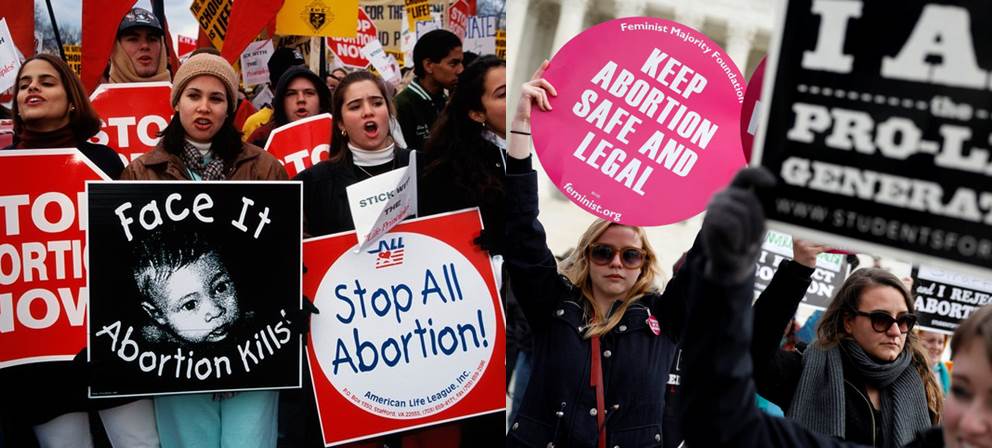
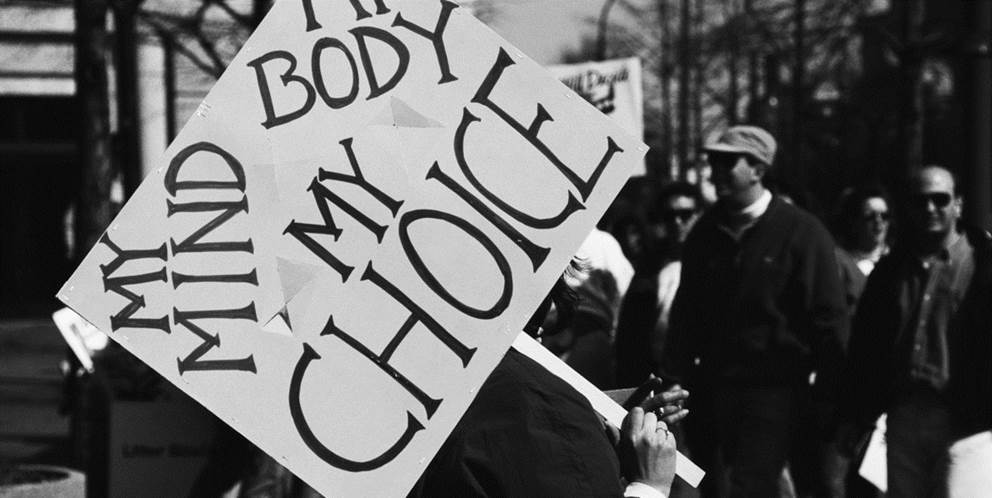




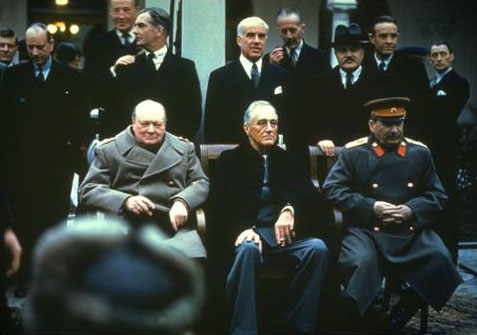

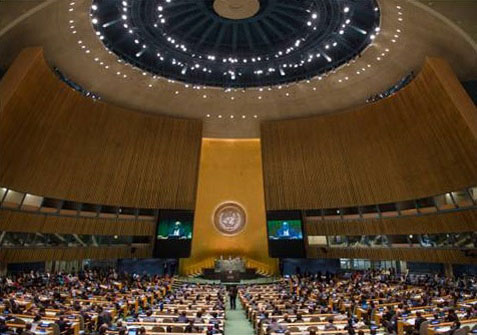




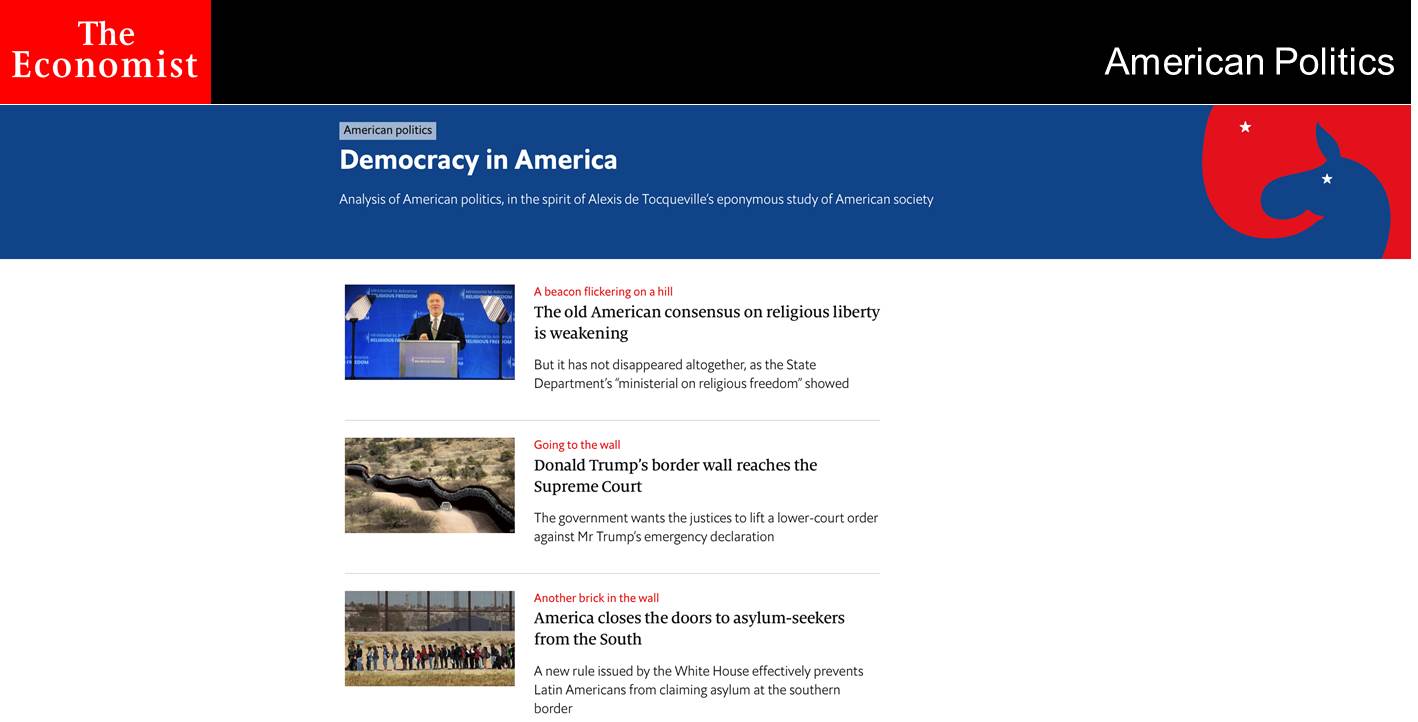
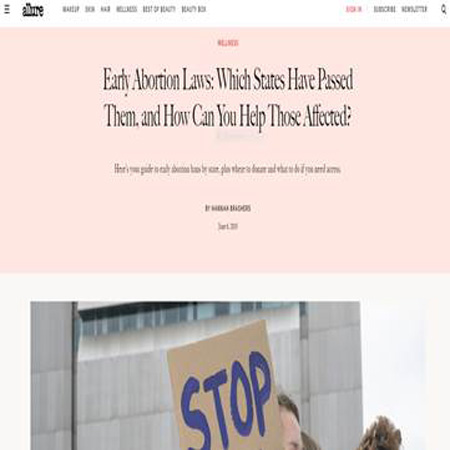

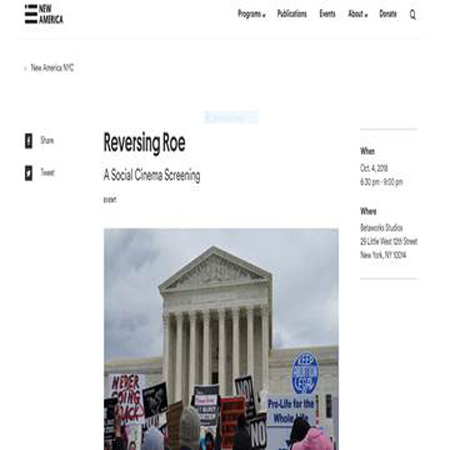



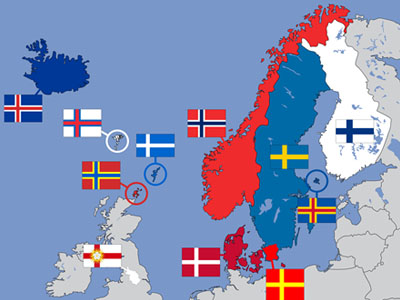













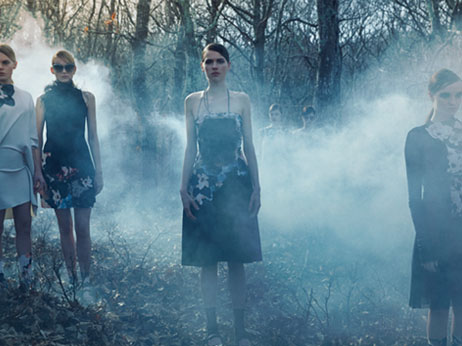




SOCIAL MEDIA